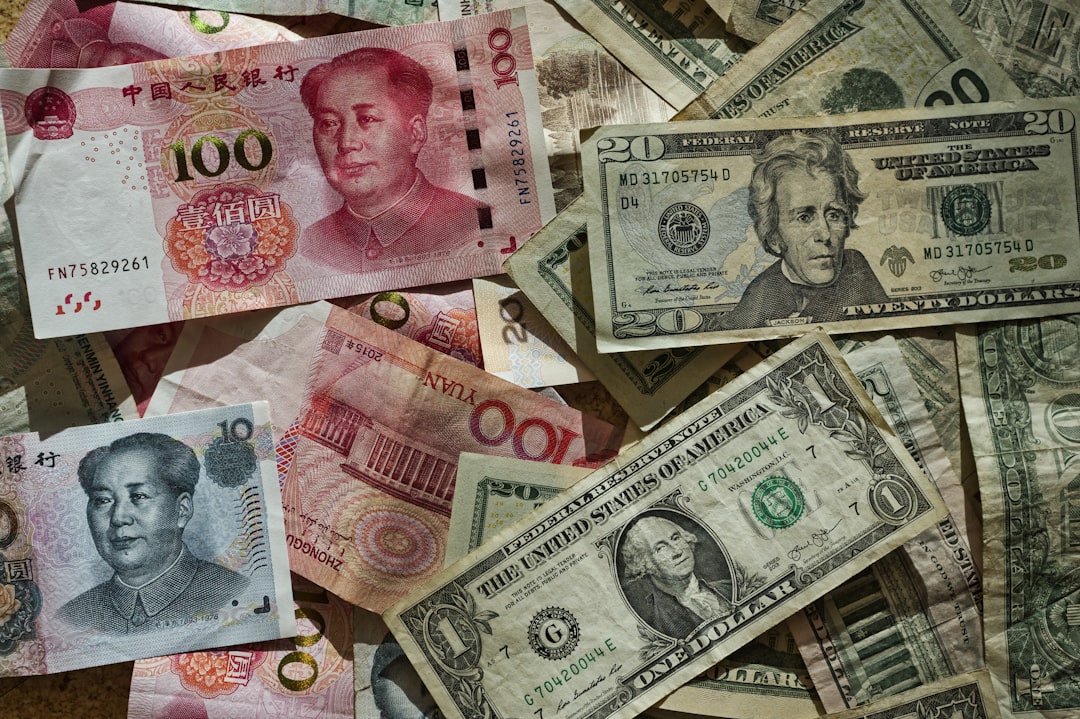Geopolitics and Markets Review – 14th August 2023
The Breakdown of The Chinese Export Economy and China's Revealed Comparative Advantage
It was expected that 2023 would see China emerge from its covid-zero policy and retain its role as the world’s consumer powerhouse. Such an expectation hasn’t come true. China is demonstrating some weakness in certain aspects of economic data. What got us to the present day? What has changed in the last three years during COVID? What critical data is demonstrating these changes? And where is China heading next?
China’s Advancement Into A Global Superpower
When China joined the world economy under Deng Xiaoping, the Chinese were experiencing high levels of growth. When most countries have industrialised throughout history, it has contributed to huge levels of growth and a massive paradigm shift in how economies function. China transitioned from an agriculture-centric country to a manufacturing economy. The pivot contributed to increases in Chinese labour force productivity. Any labour not needed on the farm transitioned to other sectors.
China opening up to the world included infrastructure investment in transport, energy, and telecommunications. The investment helped support Chinese aspirations of greater exports.

There are many reasons the strategy worked successfully and maintained high Chinese growth. The Chinese already possessed a large population, and hence a large labour force. The large population allowed its manufacturing industry to get off the ground quicker, and cheap labour was exported from developed countries. Other countries and companies from abroad also wanted to take advantage of China’s large population. Now the biggest consumer market in the world, some countries and companies sniffed out an opportunity early.
China’s rapid rise led up to the beginning of the period of globalisation, beginning with China’s entry into the World Trade Organisation in 2001.
The transition to a capitalist economy enabled China’s rapid growth to aid in improving the quality of life in China. In data from the World Bank, China in 1990 had 99% of its population receiving less than $5.50 a day. In 2019, the percentage of the population receiving less than $5.50 a day had fallen to 24.7%. A drastic drop in those living below the poverty line.
Chinese rapid growth hasn’t been without its problems. China is pursuing renewable energy production and rose above the world average for energy produced through low-carbon sources in 2022.
But it fuelled its expansion on fossil fuels and still continues to have a large share of primary energy produced from fossil fuels. Their energy production methods hence have contributed towards environmental issues in China, such as air pollution.
Keep reading with a 7-day free trial
Subscribe to Geopolitics Explained to keep reading this post and get 7 days of free access to the full post archives.




